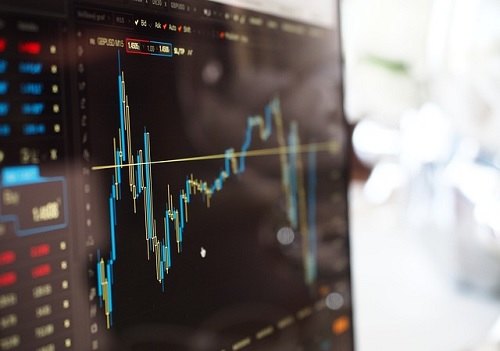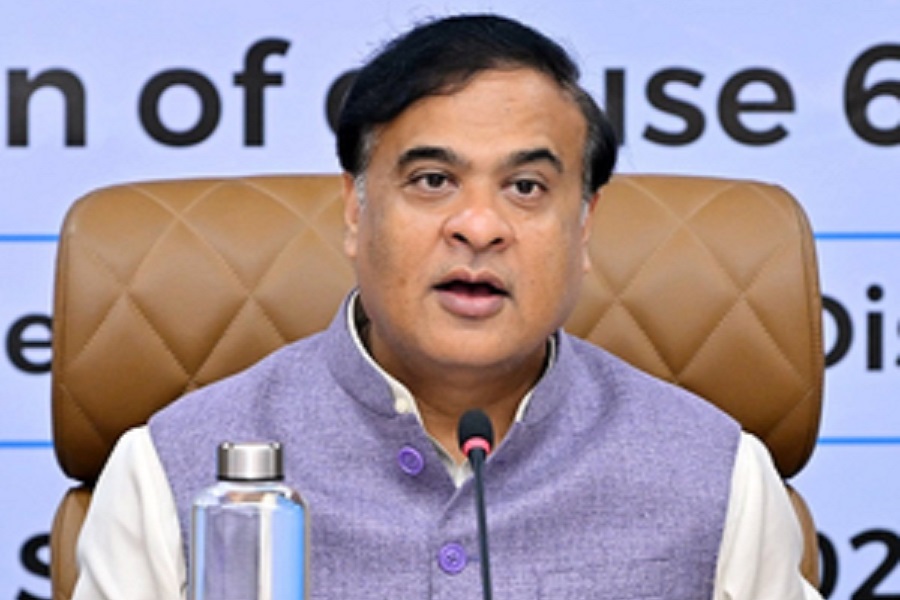Indian Stock Markets Face Turbulence Amid Global Uncertainty

The Indian stock market faced a turbulent period as Sensex and Nifty recorded their eighth consecutive session of decline, driven by global economic uncertainties, US President Donald Trump’s reciprocal tariff policy, and continued foreign investor outflows.
According to the Motilal Oswal Market Roundup, the Nifty mid-cap and small-cap indices suffered losses of more than 2% each, while the Nifty slipped below the 23,000 mark, settling at 22,929. The Sensex also experienced a decline of 200 points, closing at 75,939.
Key Factors Impacting the Market Decline
1. Global Trade Tensions and US Reciprocal Tariffs
One of the biggest concerns influencing investor sentiment has been the reciprocal tariff policy
announced by US President Donald Trump. Under this policy, the US aims to impose equal tariffs on
nations with high trade barriers, affecting India’s export-driven industries such as IT,
pharmaceuticals, and textiles.
Trump has expressed dissatisfaction over India’s trade policies, stating that high tariffs on US products make it difficult for American businesses to operate in India. The announcement of potential tariffs led to aggressive selling pressure, with the Nifty 500’s advance-decline ratio at 1:9, indicating that most stocks experienced a decline.
2. Foreign Investor Outflows
Over the past eight sessions, the Nifty has declined by nearly 1,000 points, or 4.5%, while mid-cap
and small-cap indices have plummeted by 11%. A major contributor to this fall has been heavy foreign
institutional investor (FII) outflows, as global investors shift towards US bonds and other
safe-haven assets in response to rising interest rates and geopolitical risks.
The US Federal Reserve’s stance on maintaining high-interest rates has resulted in capital outflows from emerging markets like India, with FIIs pulling out over $2 billion from Indian equities in the last two weeks. This has further impacted liquidity and market stability.
3. Weak Corporate Earnings and Domestic Economic Concerns
The earnings season has failed to inspire confidence among investors. Several leading companies,
including those in banking, auto, and FMCG sectors, reported weaker-than-expected quarterly results.
The banking sector saw a rise in non-performing assets (NPAs), dampening investor sentiment.
The automobile industry struggled with declining domestic demand, exacerbated by high fuel prices
and supply chain disruptions.
The FMCG sector showed slower revenue growth due to subdued rural demand and high inflation.
Adding to this, rising crude oil prices have increased the pressure on India’s fiscal deficit
and inflation outlook, making market participants more cautious.
Partial Recovery Amid Market Volatility
Despite the bearish sentiment, both Sensex and Nifty managed to recover partially from their earlier
1% intraday losses, thanks to short covering in the latter part of the trading day.
Investors anticipate that some clarity on global trade policies and economic indicators could help stabilize markets. Analysts suggest that India’s domestic consumption-driven sectors, such as retail, consumer goods, and healthcare, may show resilience even in the face of global headwinds.
What’s Next for Investors?
1. RBI’s Monetary Policy and Inflation Concerns
The Reserve Bank of India (RBI) is scheduled to review its monetary policy in the coming weeks.
Market participants are eagerly watching for any interest rate adjustments to counter inflationary
pressures.
If the RBI maintains a dovish stance or signals interest rate cuts, it could boost market sentiment and improve liquidity conditions. However, any hawkish signals or focus on inflation control might result in continued market volatility.
2. Sectoral Trends: Defensive Sectors Gain Preference
As volatility persists, analysts recommend that investors focus on defensive sectors such as:
IT and Pharmaceuticals – Export-driven, less impacted by domestic inflation.
FMCG and Retail – Benefiting from India’s strong domestic consumption.
Healthcare – Rising demand post-pandemic and continued government support for medical
infrastructure.
On the other hand, cyclical sectors like infrastructure, real estate, and automobiles may remain
under pressure due to high interest rates and slow demand recovery.
3. Long-Term Opportunities Amid Short-Term Uncertainty
Despite the current downturn, some experts view this correction as a buying opportunity for
long-term investors.
Historical data suggests that prolonged market corrections are followed by strong recoveries,
especially in high-growth markets like India.
Strong fundamentals and government-driven infrastructure projects continue to support India’s
long-term economic growth outlook.
Investors with a long-term horizon may consider gradually accumulating quality stocks in banking,
IT, and energy sectors while maintaining a diversified portfolio to mitigate risks.
Global Market Reaction and Broader Implications
Globally, Asian and European markets showed mixed reactions to Trump’s tariff announcement.
The Hong Kong Index gained 3.7%, indicating optimism over potential trade negotiations.
Japan’s market declined by 0.5%, reflecting concerns over prolonged trade disruptions.
European markets edged lower, particularly in Germany and France, as investors weighed potential US
tariff implications.
If the US moves forward with reciprocal tariffs, India may need to negotiate better trade terms to
mitigate the impact on its export industries. However, if negotiations soften the policy’s
implementation, markets could witness a sharp rebound in the near term.
To Read Complete Report in Detail : Click Here
For More Research Reports : Click Here
For More Motilal Oswal Securities Ltd Disclaimer
http://www.motilaloswal.com/MOSLdisclaimer/disclaimer.html
SEBI Registration number is INH000000412

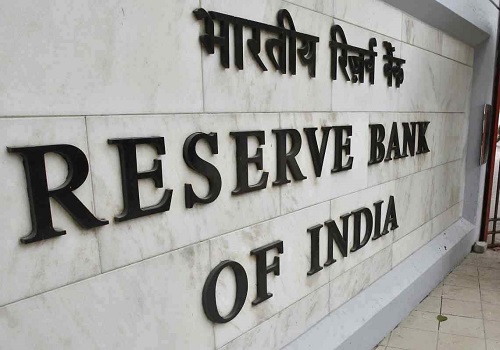









Tag News
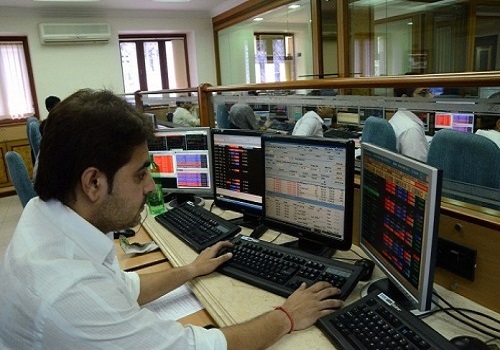
Daily Market Commentary : Nifty?ended with marginal gains of 8 points at 22,553 level, closi...


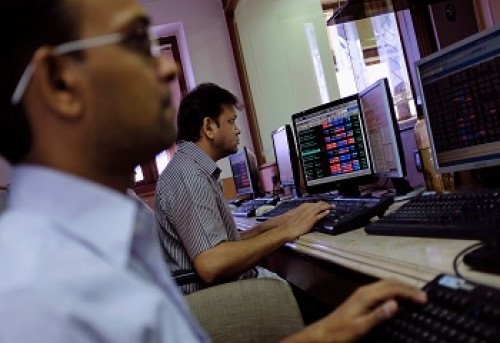
More News

Bank Nifty support is at 48000 then 47750 zones while resistance at 48750 then 49000 zones -...

